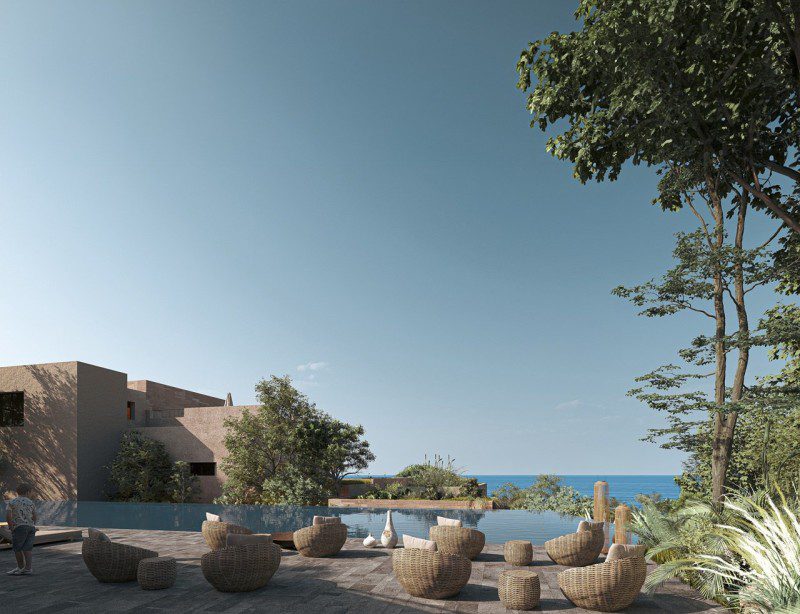When people talk about the Mediterranean, names like Amalfi, Côte d’Azur, and Mykonos often come up. But there’s a new name growing on the map—the Albanian Riviera. With clear waters, long sunny days, and untouched hills, this region is fast becoming the next dream destination. But at Green Coast, it’s not just about visiting. It’s about owning a part of it.
A coastal wonder that feels like home
Green Coast is located in one of the most beautiful spots on the Albanian Riviera. The sea sparkles here, and the air smells of wild herbs and salt. This is a place to belong—a community that respects nature and lives in rhythm with the seasons.

A key to a new kind of lifestyle
Owning one of the sea-view apartments at Green Coast opens the door to a different rhythm of life. Here, your days begin with the sea and end with quiet mountain skies. The food is fresh, the people are kind, and the pace of life lets you slow down and enjoy more.
Green Coast offers cafés, restaurants, shops, and long walks by the water. In the summer, there are events, concerts, and art to explore. And on other days, you can simply enjoy a book on your balcony, with the sound of waves nearby.
This balance between activity and calm is hard to find. That’s why these houses for sale have such lasting value, for both living and investing.
Open all year, ready for all moments
Many places by the sea are only alive in summer. But Green Coast is different. It’s open and ready in every season. You can visit in spring to see the flowers bloom. In autumn, you can enjoy peace after the crowds. Even in winter, the Riviera has a quiet beauty.
That means your home is always ready. Whether for a quick weekend, a full summer, or longer stays. You don’t need to wait for holidays. The Riviera is yours whenever you want.

A new horizon for real estate investments
The world is discovering Albania. And this stretch of coast is leading the way. Green Coast stands at the heart of new growth, being a carefully planned development with strong infrastructure and long-term vision.
This makes it one of the most promising choices for real estate investments in the region. While other places are already full, this coastline still has room to grow. That means more value, more visitors, and more stories to tell.
With major infrastructure upgrades underway, including improved roads and a new tunnel nearby, the area is becoming easier to reach. This increased accessibility drives greater interest, more activity, and stronger value for every villa.
Built with care, ready for life
Every detail at Green Coast is chosen with care. Homes are built from quality materials and designed for comfort. Paths are created for easy walking. This thoughtful approach makes daily life easier and more enjoyable.
Buying a home here means forming a personal connection to one of Europe’s last great coastal treasures.

